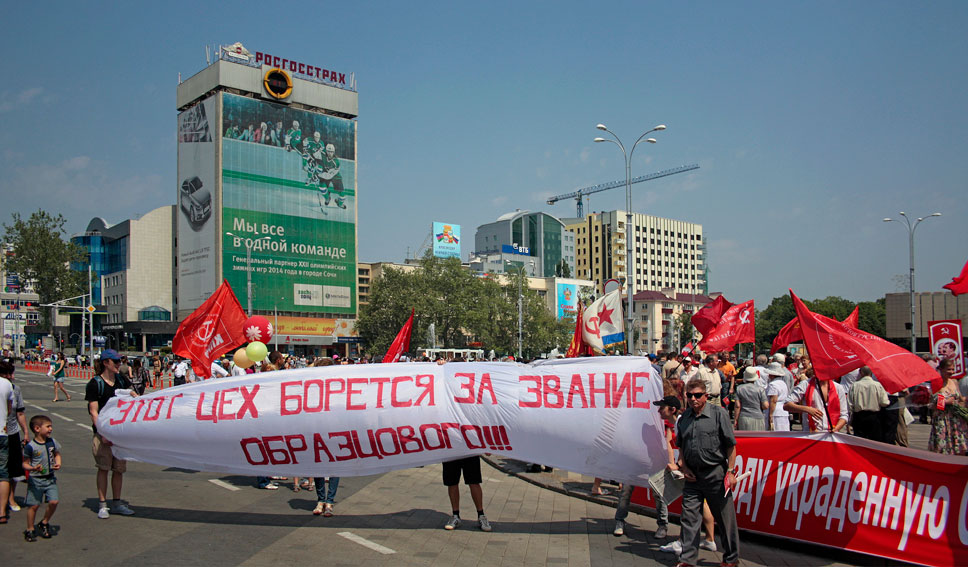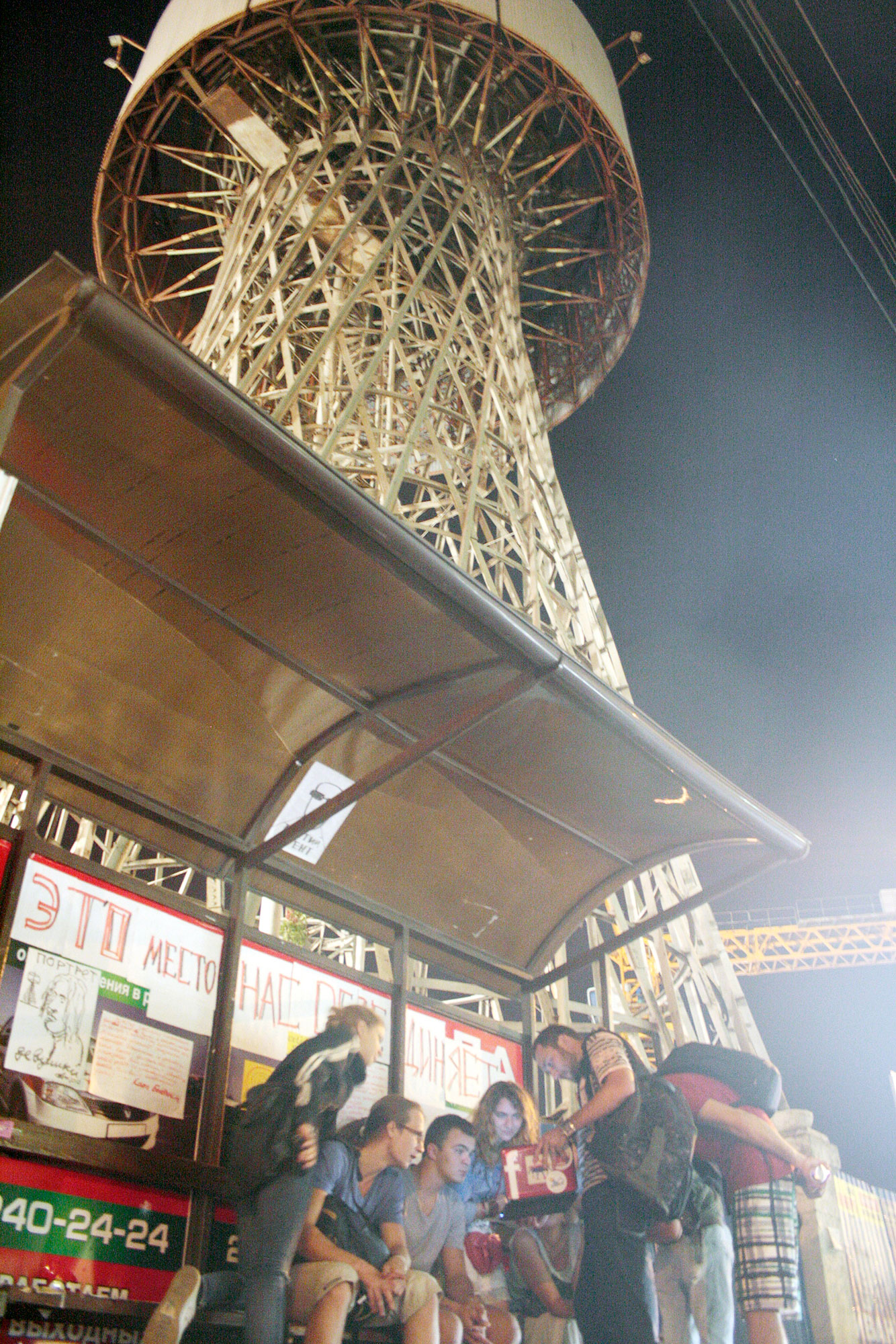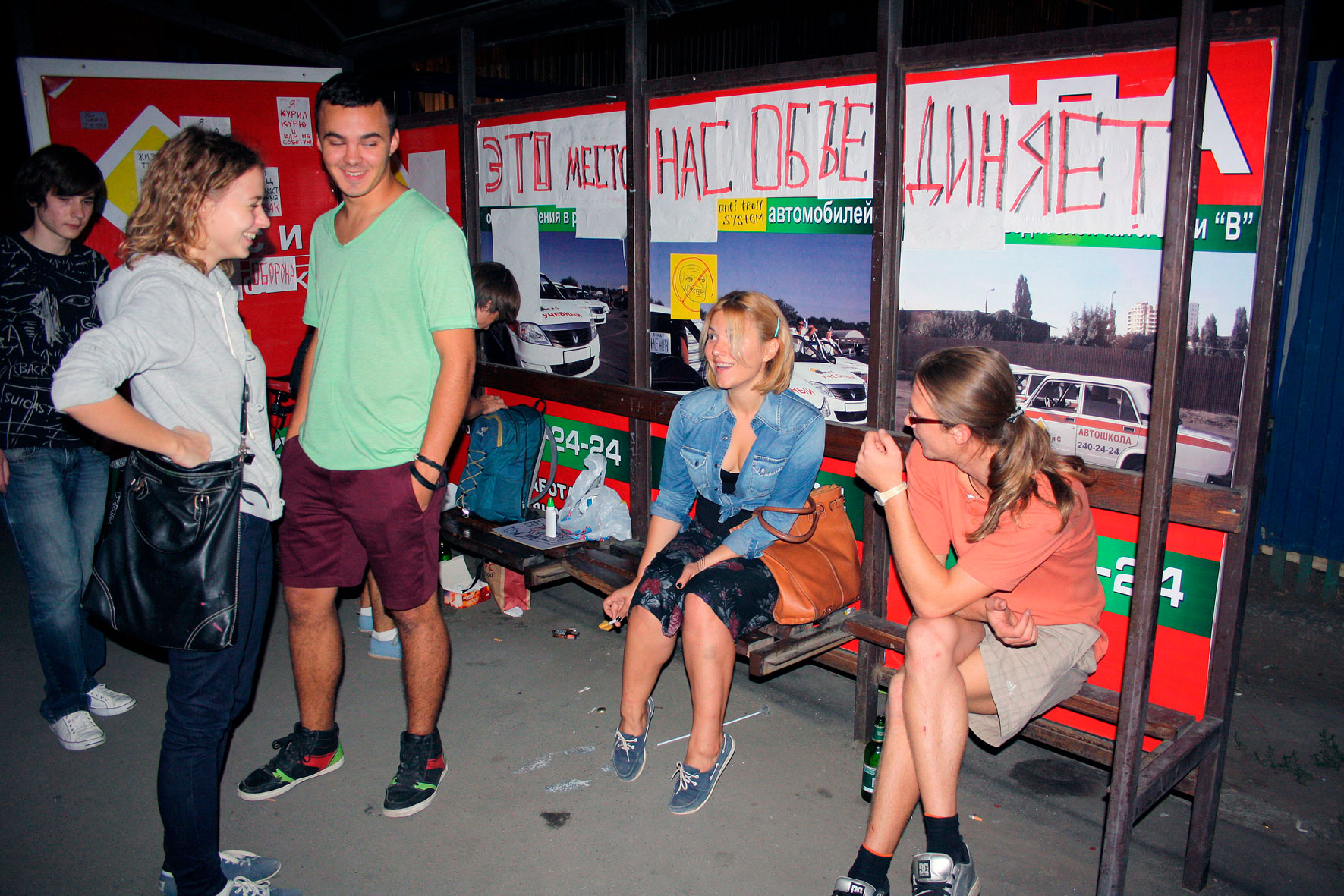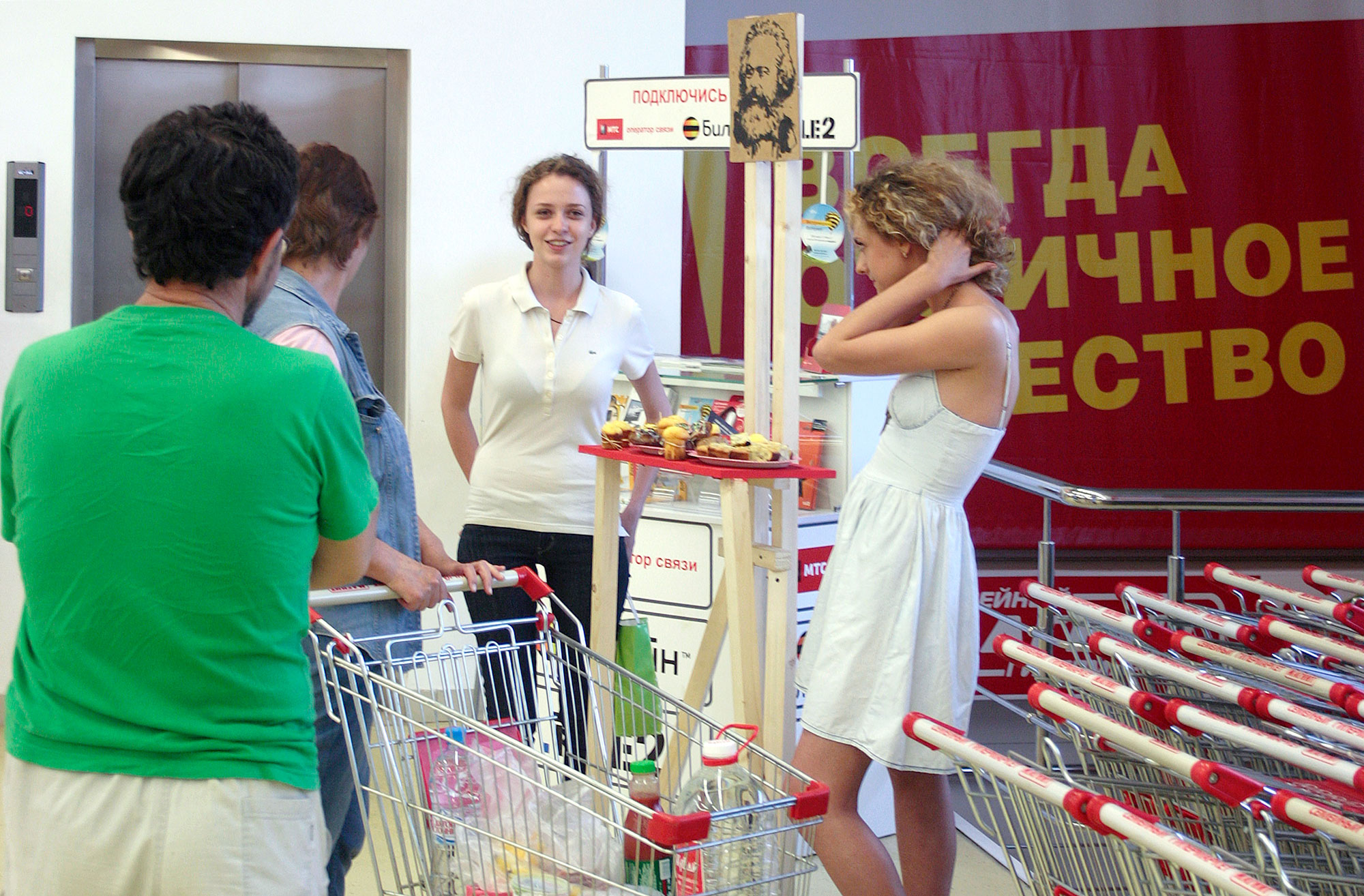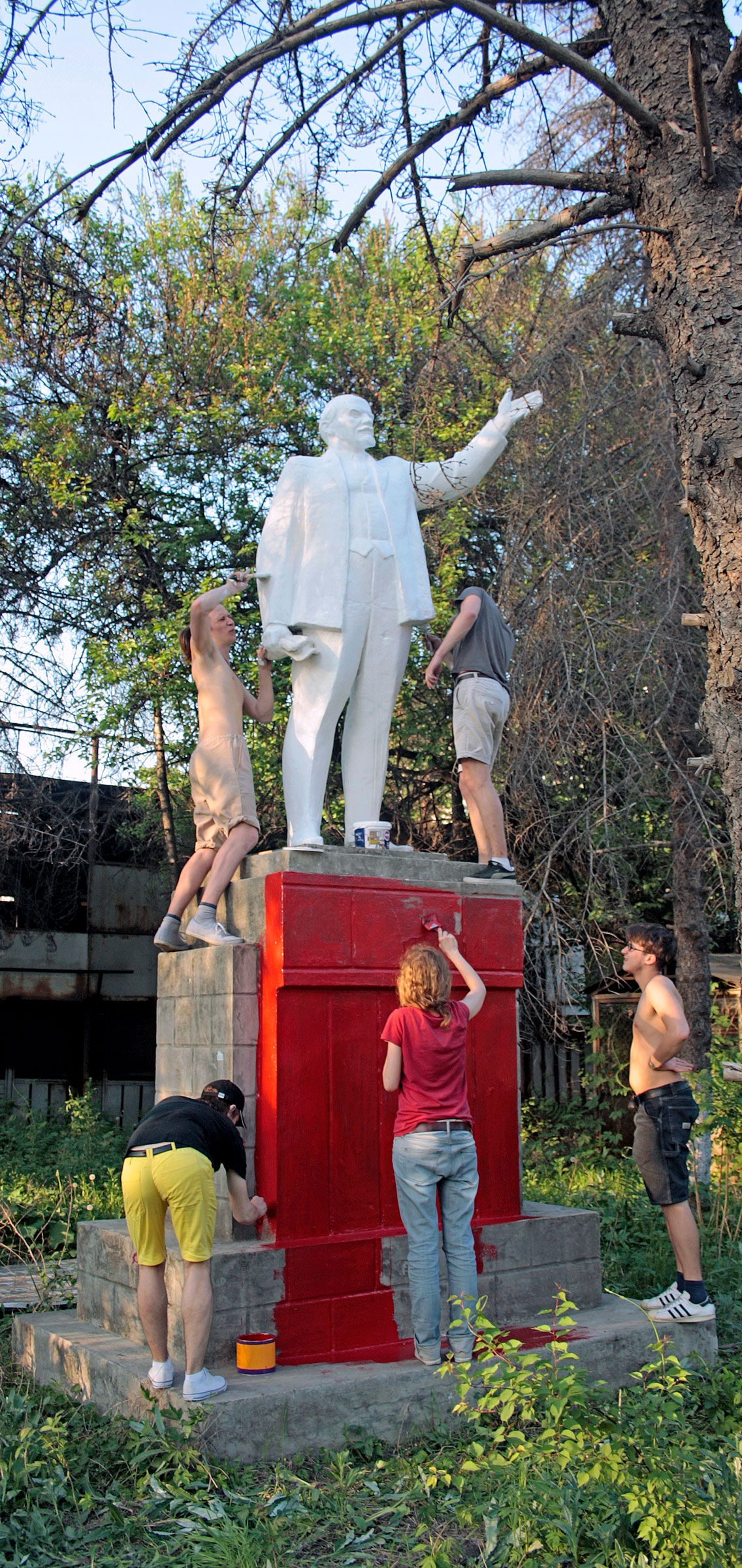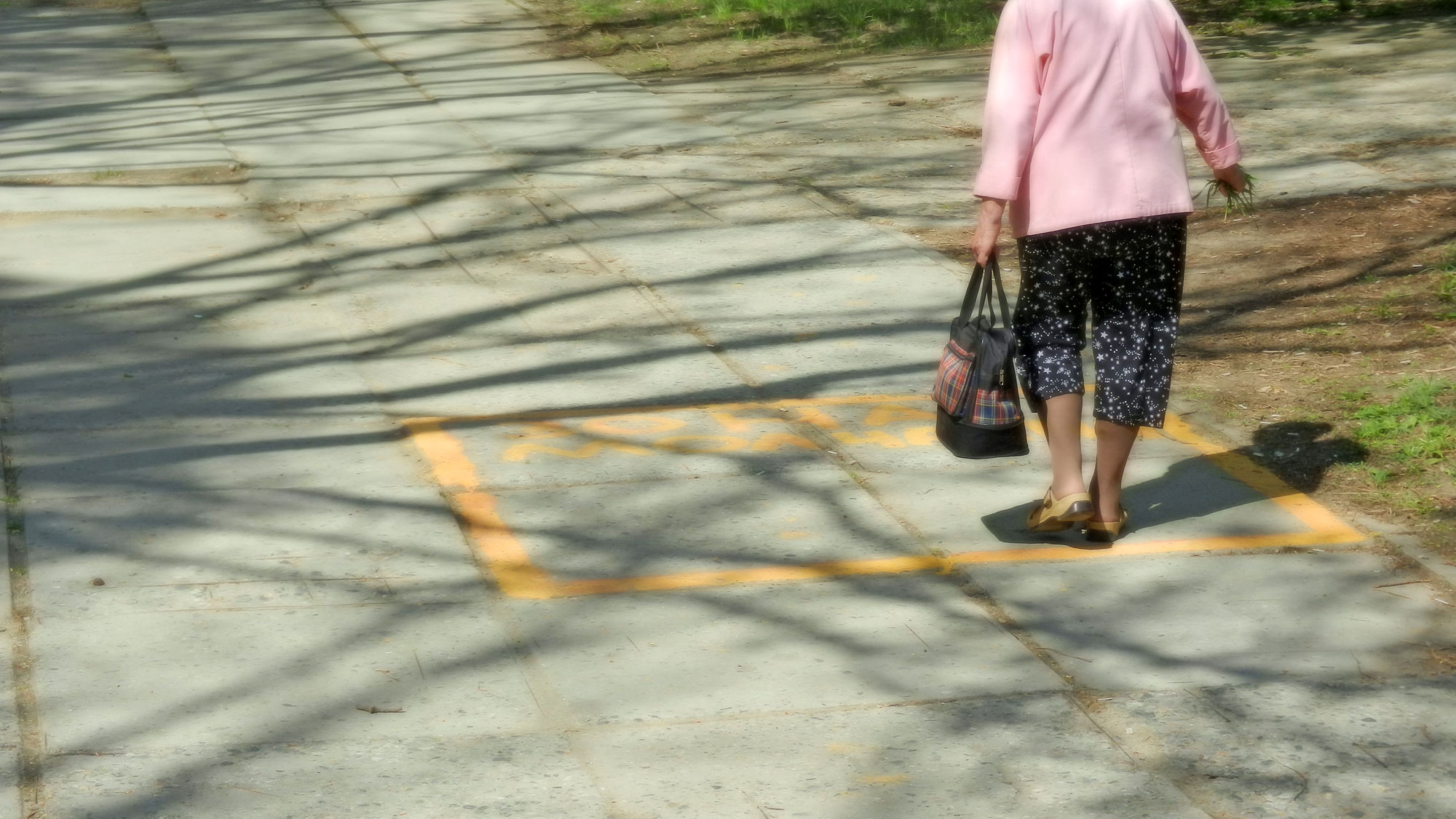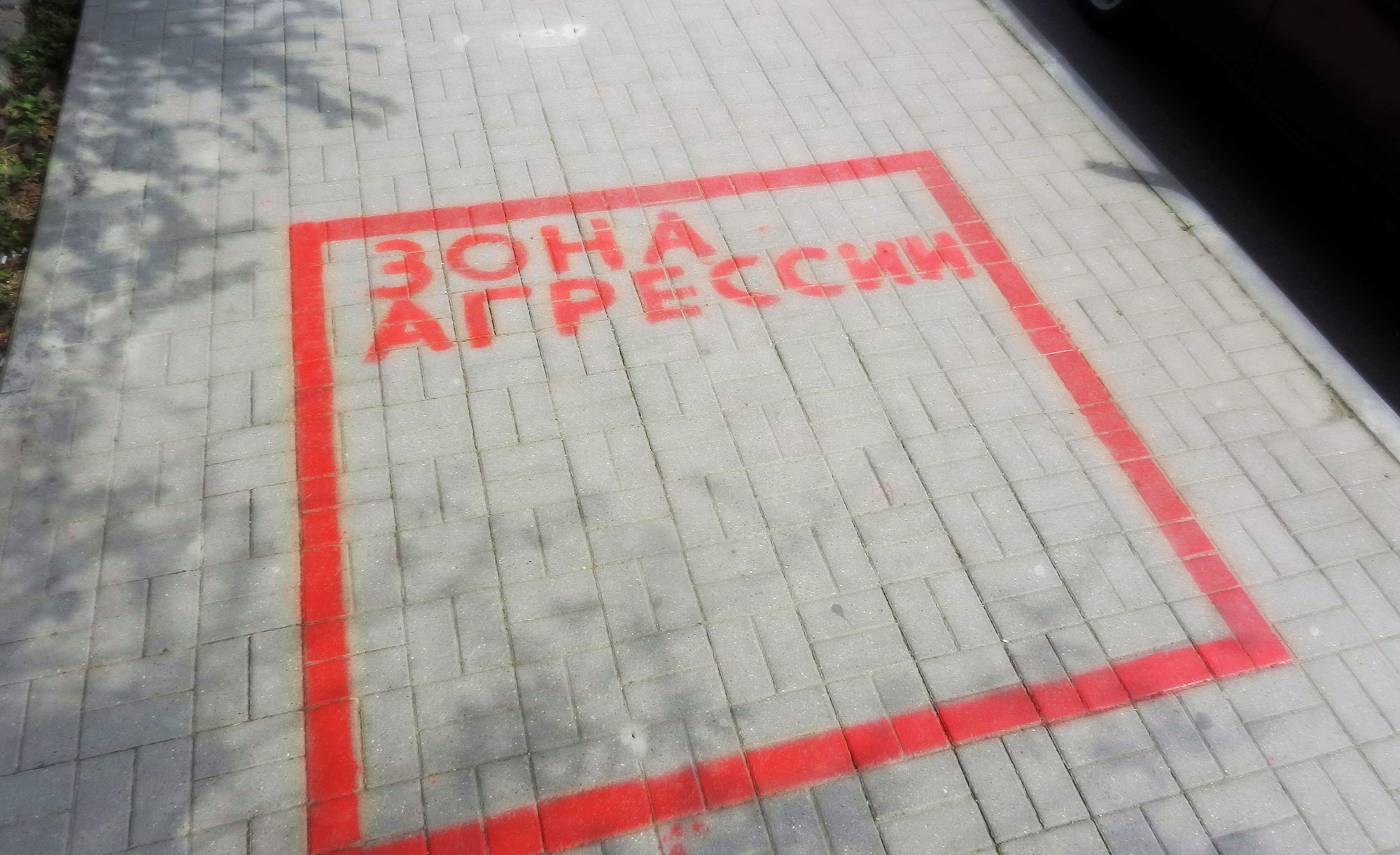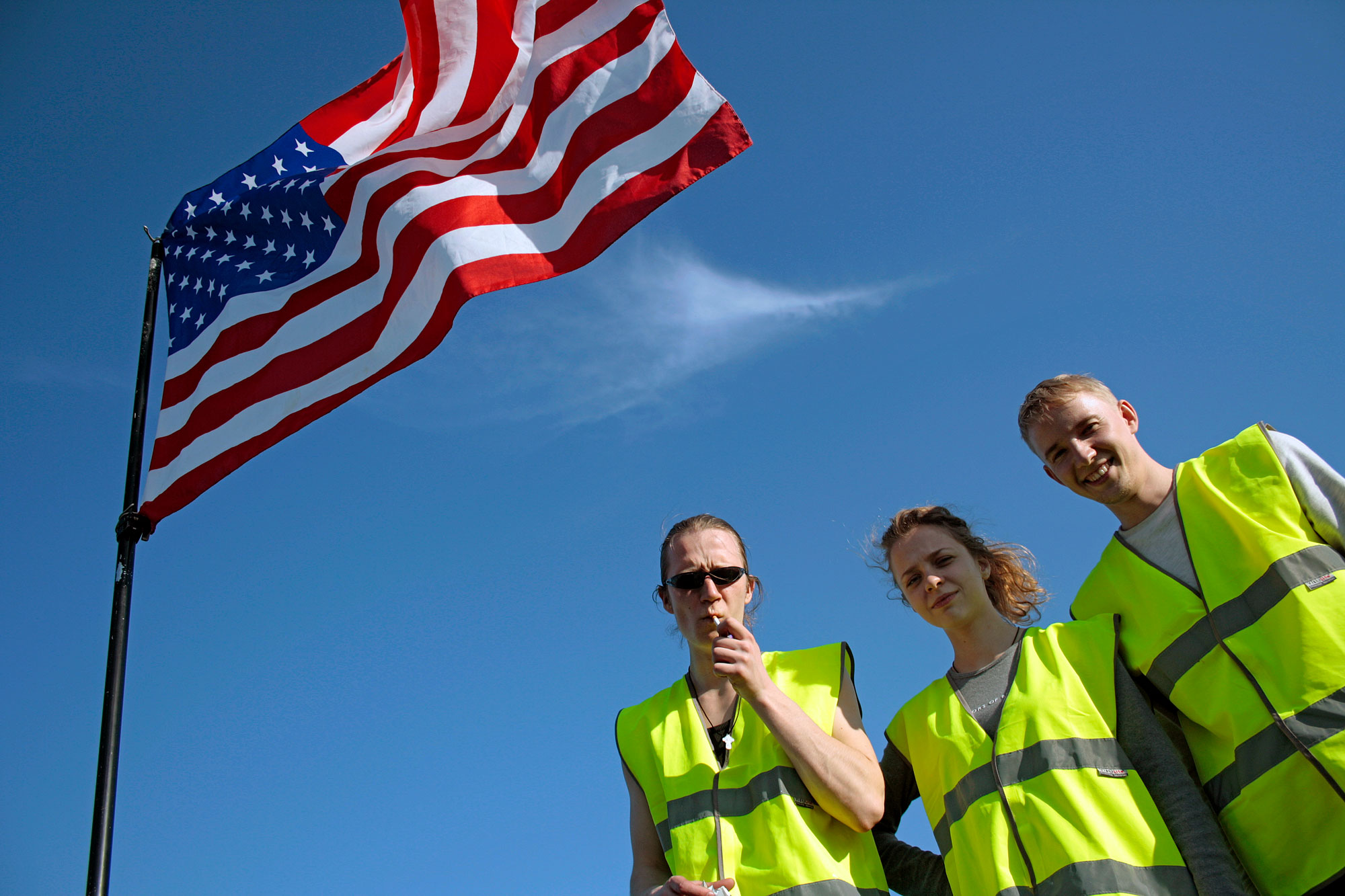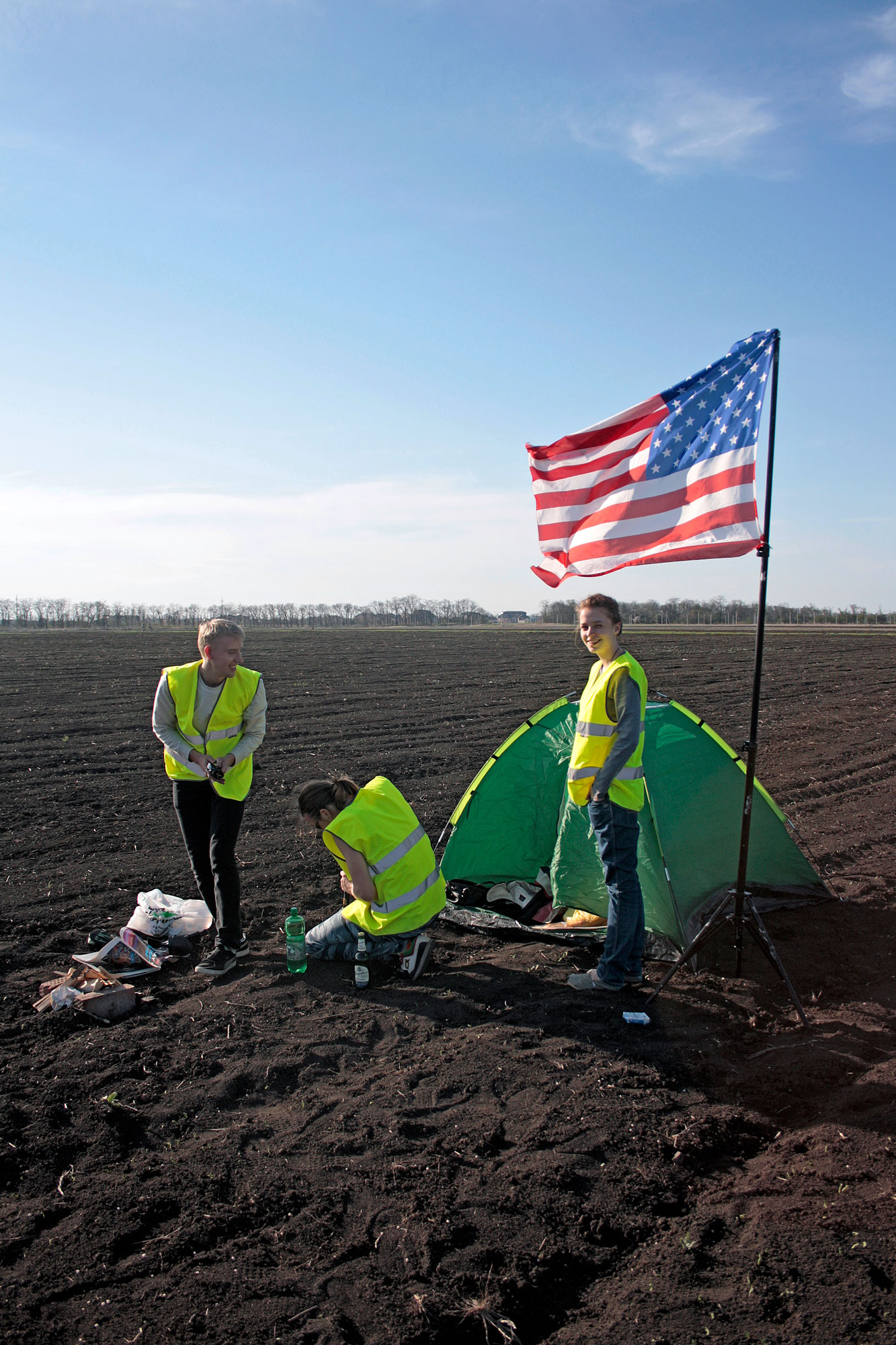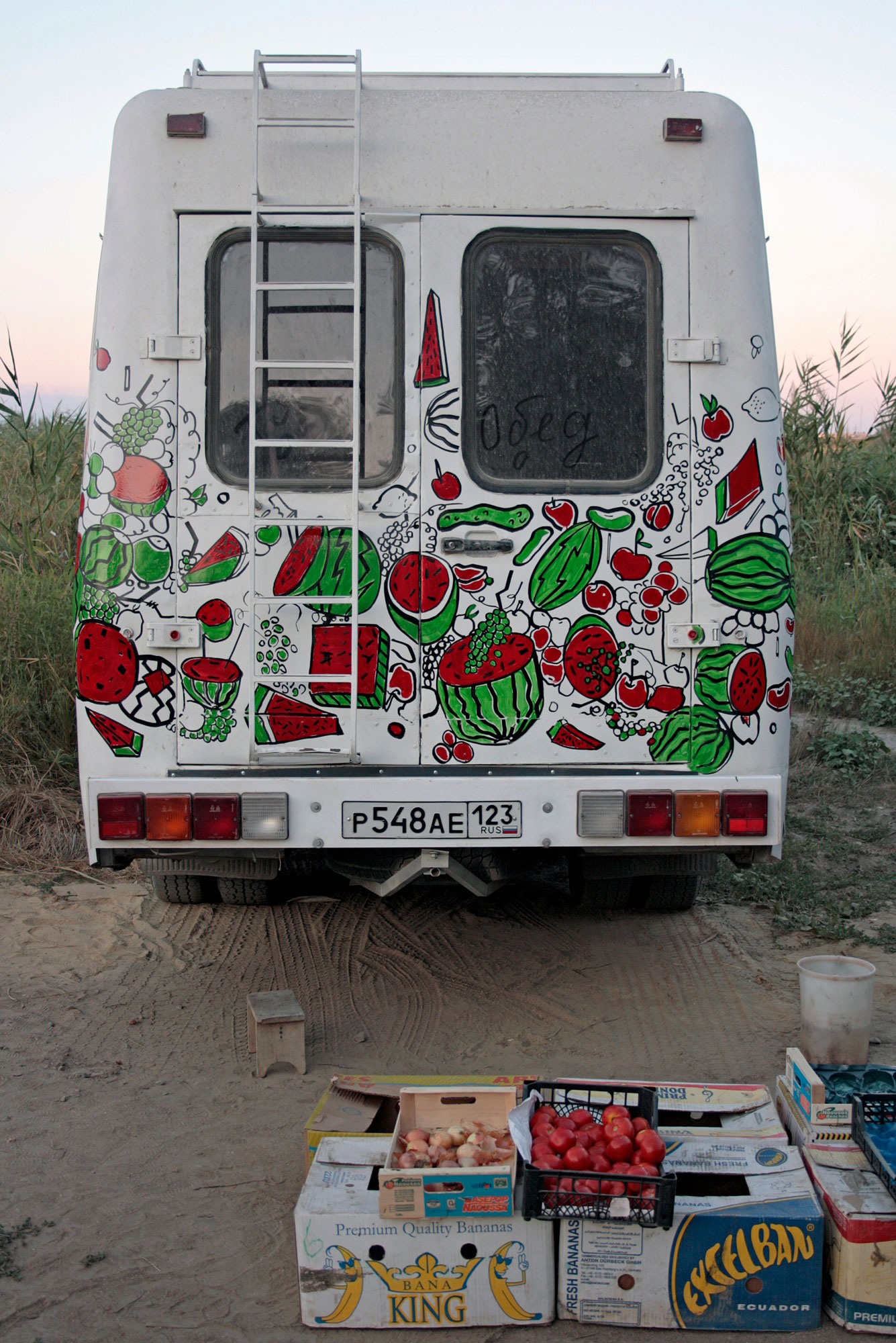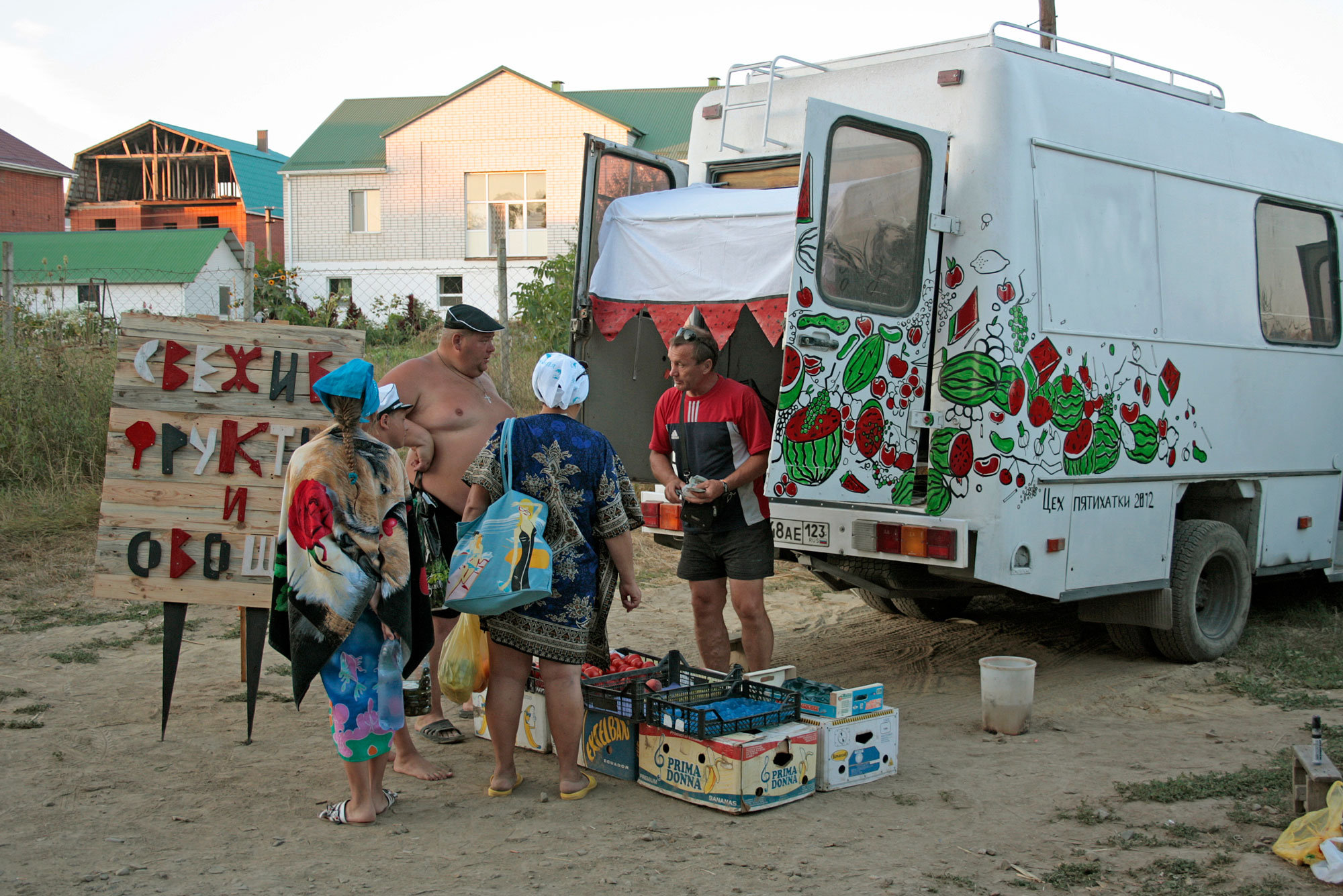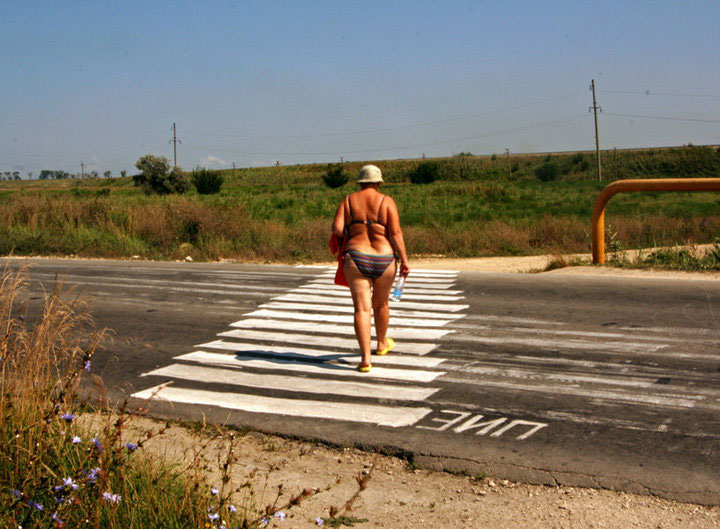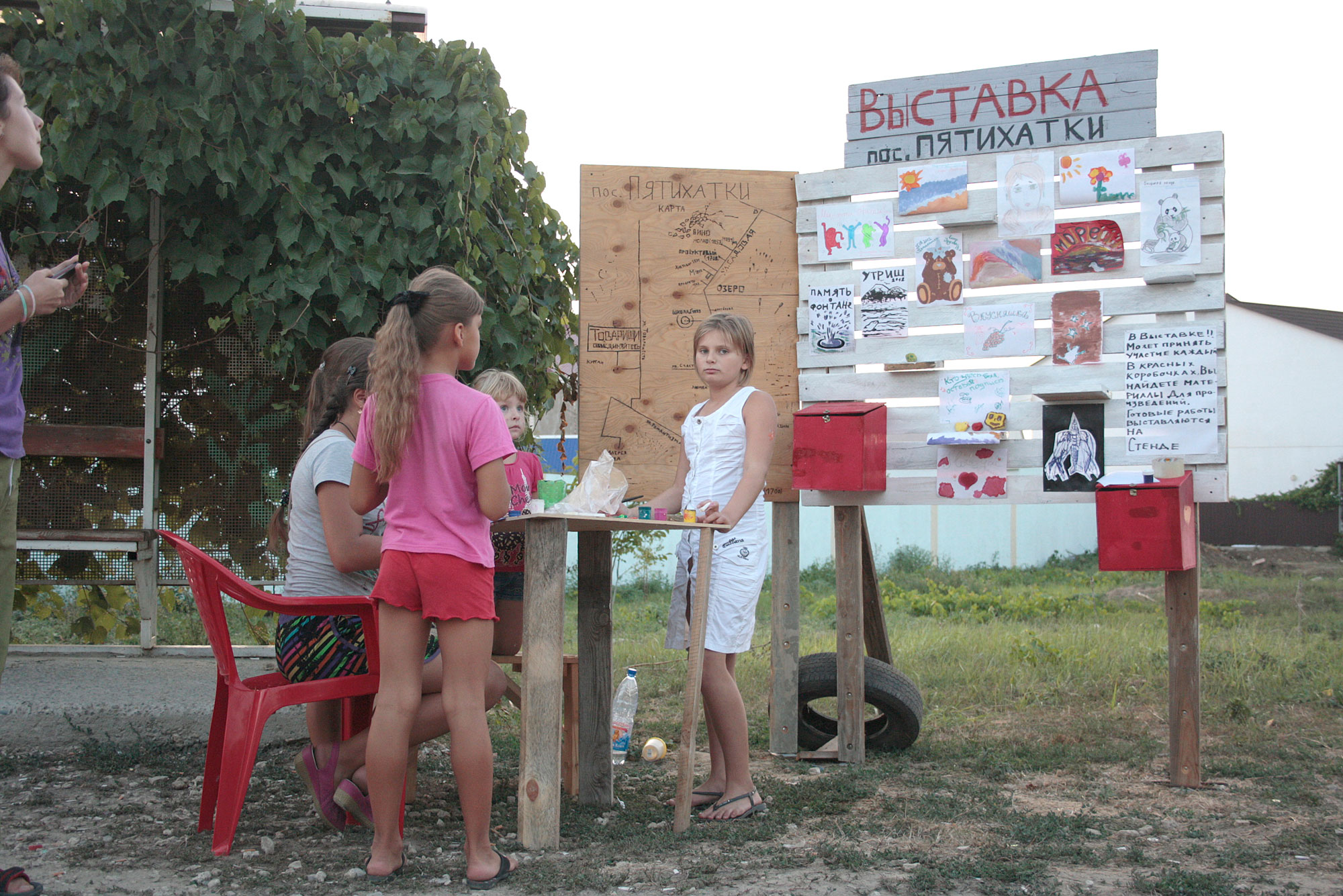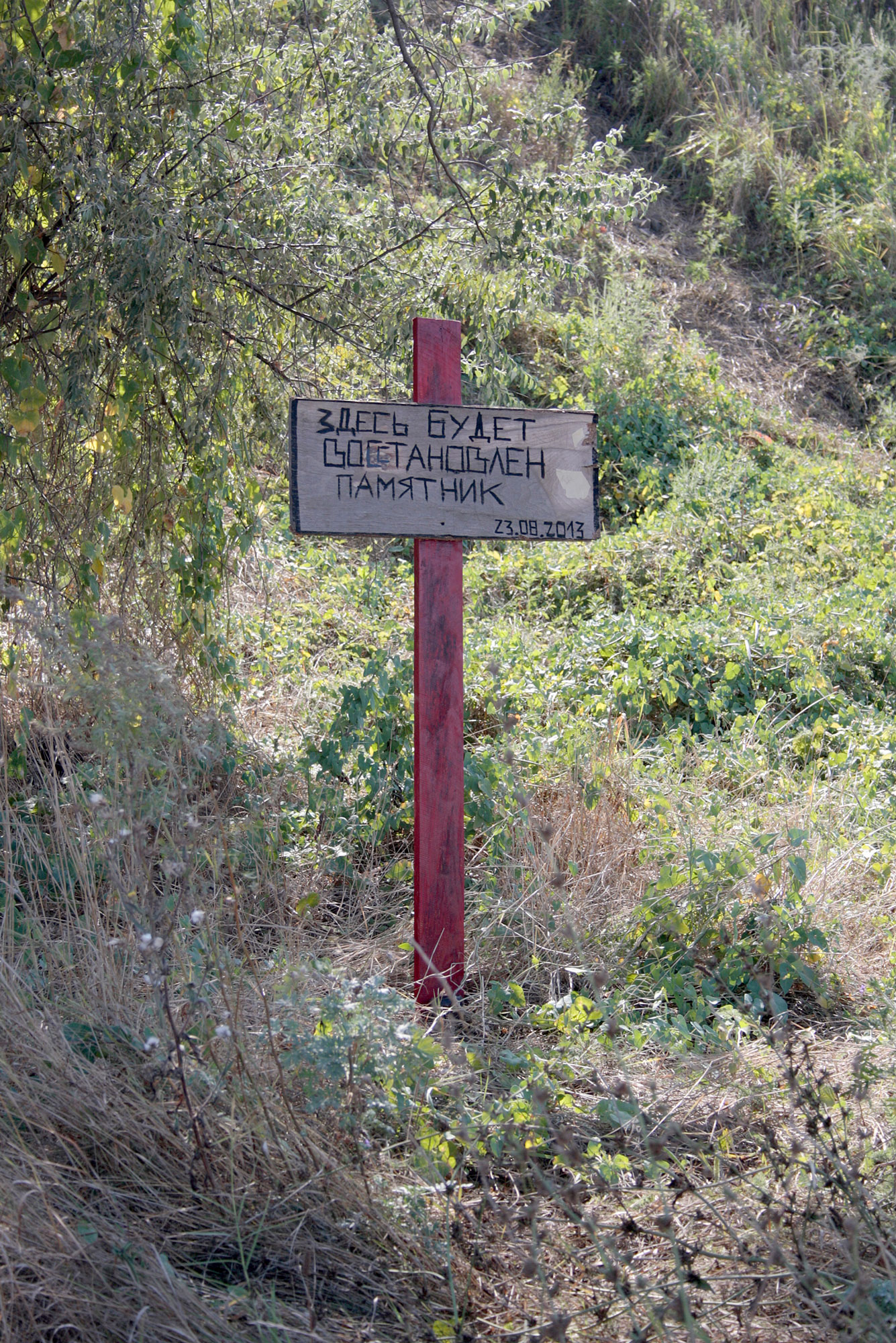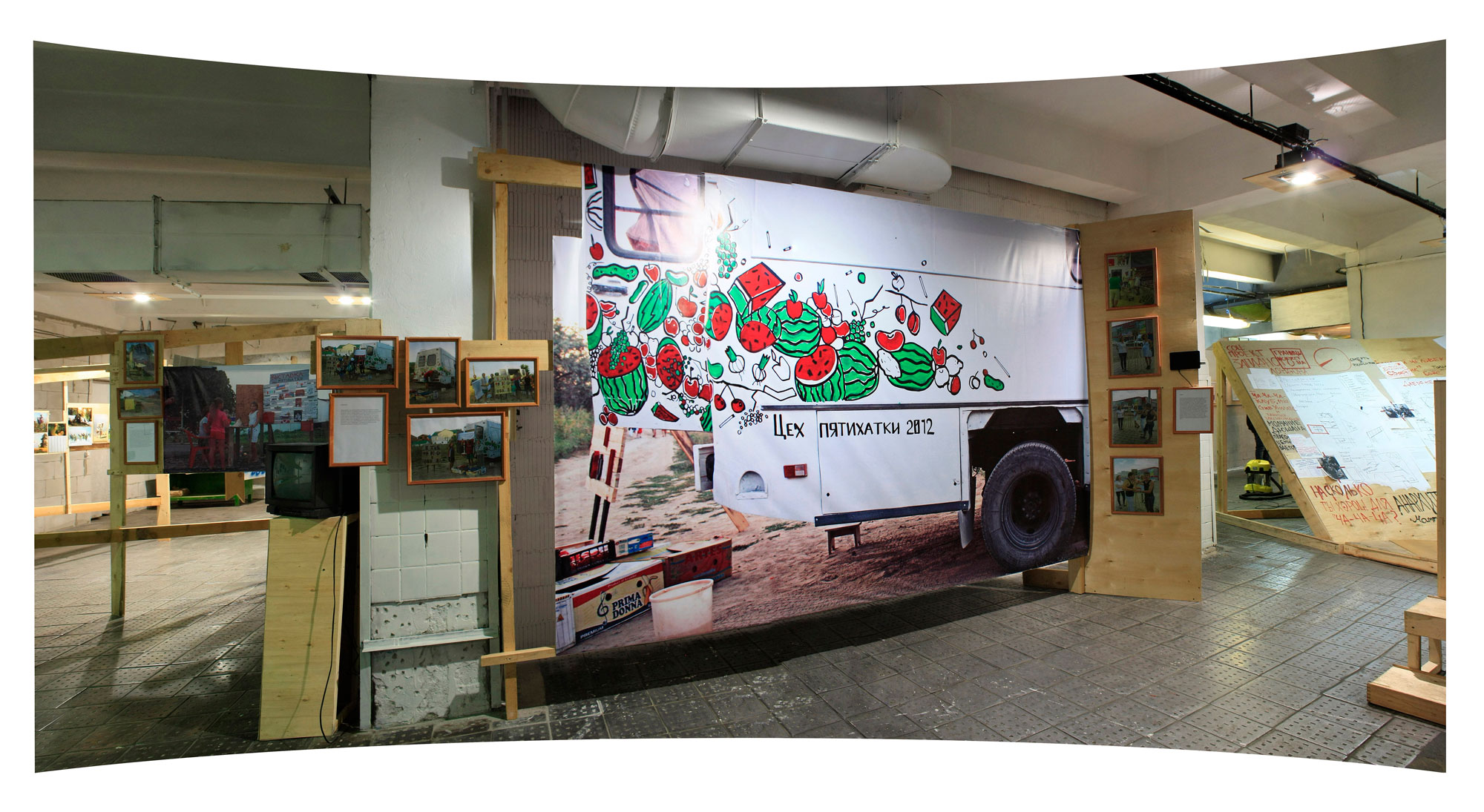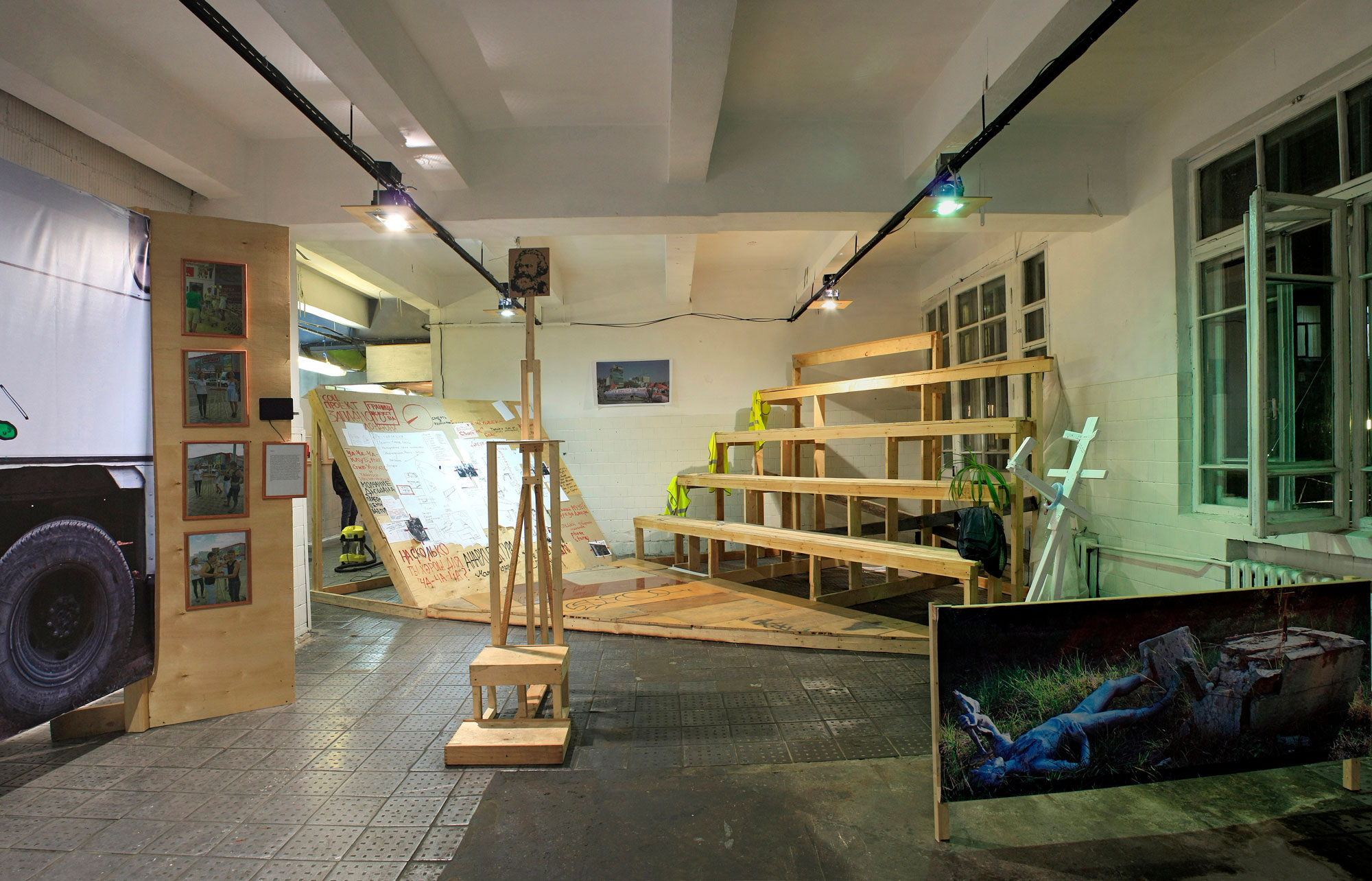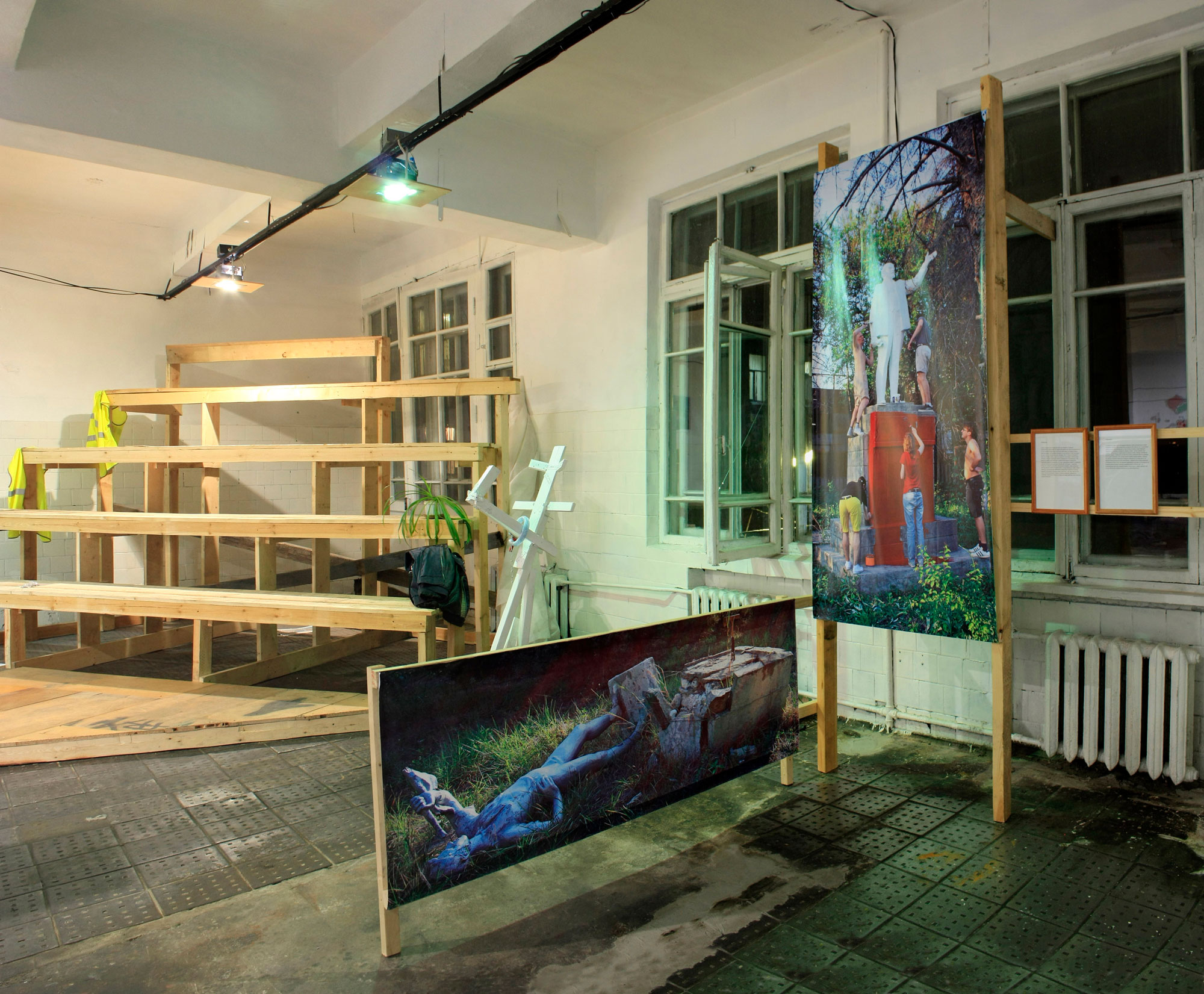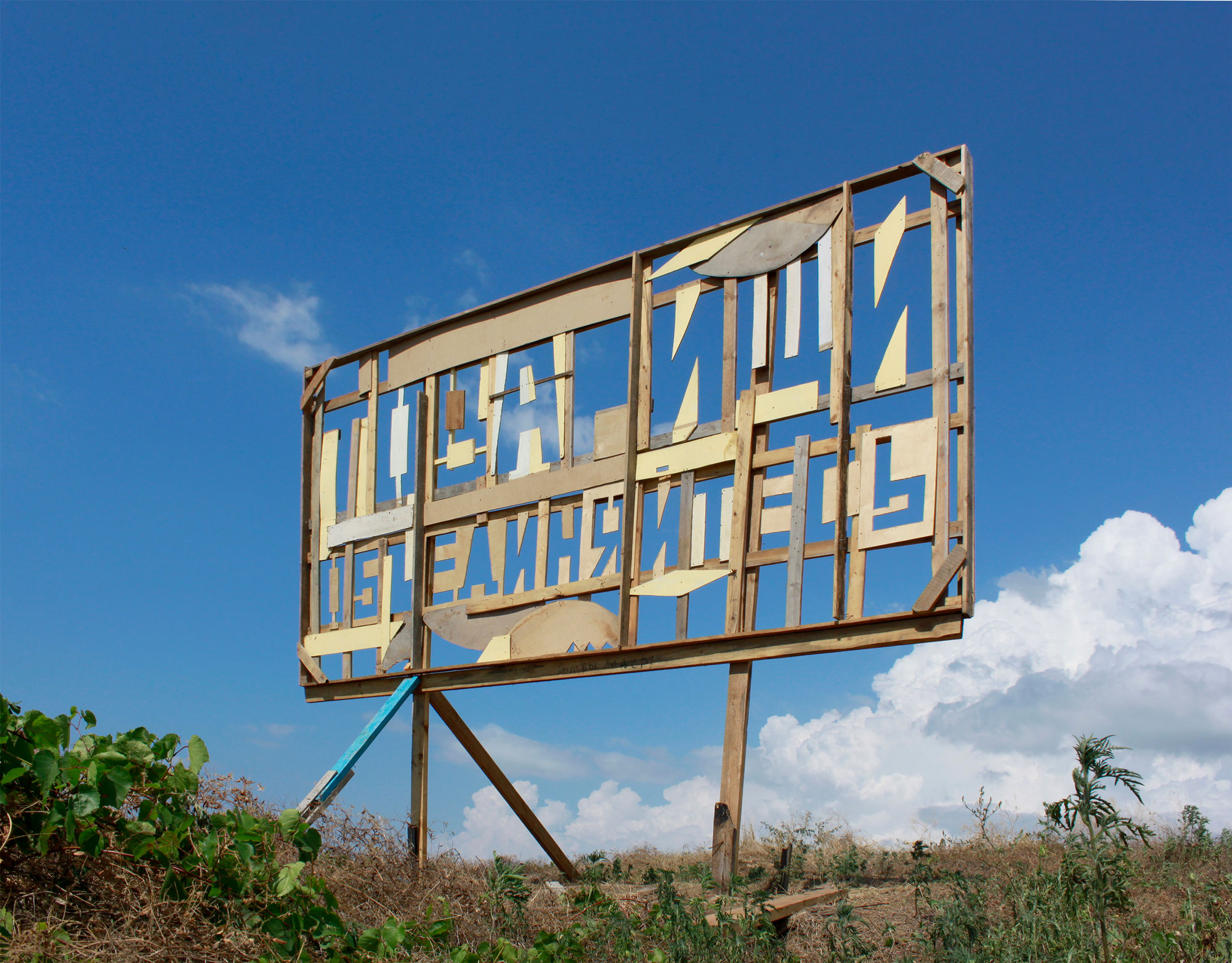Объединение «Цех» возникло стихийно, после активной политической зимы 2011–2012 годов. Мы приняли участие в президентских выборах в качестве наблюдателей, познакомившись на участках с краснодарскими активистами и другими неравнодушными людьми. Тогда параллельно 1) выкристаллизовалась идея объединения людей по принципу неравнодушия вне зависимости от степени их вовлечённости в художественный процесс и 2) была окончательно осознана потребность в распространении художественного высказывания за пределы сферы искусства — на реальную социальную жизнь. Исследованием и практикой стал «Цех», который работал в течение полугода. Этот проект стал отчётным для объединения.
Объединение
«Цех» — это группа людей, коллективно высказывающихся и действующих как в художественном, так и в социальном пространстве. Таков, во всяком случае, первоначальный замысел, который реализовывался под лозунгом, найденным на заброшенных просторах завода ЗИП, — надписью над входом в один из цехов: «Этот цех борется за звание образцового». В этой находке объединились утопические, иронические, поэтические и прямые смыслы — она и дала название отчётной выставке.
Практическая часть проекта выглядела так: в Краснодарский институт современного искусства приходили художники, журналисты, социальные и политические активисты, дизайнеры, архитекторы, блогеры — все те, кто следит за социальными процессами и участвует в них. Они обсуждали различные проблемы и предлагали формы их художественной проработки и внехудожественного решения. Из этих многочисленных голосов складывалась единая ситуация «Цеха», который не только выпускал «продукты» (объекты, акции, выставки и т. д.), но и сам становился таким «продуктом» — объектом исследования. Процесс обсуждения не имел жёсткой программы и строился как низовая самоорганизация.
Не каждый из участников сделал что-то или артикулировал законченную идею — в этом заключалась суть цеховой работы: роль участника не измерялась его личным вкладом — результат складывался из общей деятельности. Несмотря на то, что работой над выставкой занимались несколько человек, она была бы невозможна без участия каждого. Подвижность состава участников стала одним из принципов цеховой самоорганизации.
Выход за пределы искусства
Главной задачей «Цеха» было преодоление (или игнорирование) формального барьера между искусством и реальной социальной ситуацией вне этой сферы. Отчасти оно было обусловлено самим характером объединения, но сработало на эту идею и то, что она была реализована в Краснодаре, где искусство фактически не существовало как оформленная, отделённая от других сфера жизни (как рынок или досуг).
В обозначенной ситуации у художника не было обязательств, удерживающих его в «профессиональной» сфере — у него появилась возможность выполнять нетипичные функции, интегрироваться в другие пространства и работать на равных со всеми участниками «социально-политической стройки».
Одна из задач «Цеха» — вывести искусство во внехудожественную реальность и продолжить его работу уже независимо от авторского коллектива и по законам этой реальности. Таким образом эти практики одновременно и суммируются, и переворачиваются с ног на голову — искусством становится уже не «Цех» и создаваемые им объекты, а вся ситуация диффузии в целом.
Как оказалось, не все проекты смогли напрямую воздействовать на внешнее пространство, но каждый оказал влияние на самих участников «Цеха». Таким образом стирались границы не только между искусством и не-искусством, но между объектом, субъектом и предметом искусства.
Исследование
Важнейшим результатом исследования стал вывод: в кризисной ситуации можно биться в художественной, политической или клинической истерике, а можно объединиться и самоорганизоваться, взять очерченный участок реальности и внести в него конкретные изменения, которые могли бы запустить цепную реакцию дальнейших перемен и развития.
Участники объединения «Цех»:
Виктор Линский
Александр Лиханов
Александр Радионов
Алёна Софкина
Юлия Капустян
Елена Голубцова
Евгений Римкевич
Василий Субботин
Степан Субботин
Игорь Харченко
Юлия Марк
Евгений Титов
Константин Чекмарёв
Анна Михайлова
Константин Журкин
The Workshop community appeared in Krasnodar spontaneously after the politically hot winter of 2011–2012. At that time the artists of Krasnodar Institute of Contemporary Art became civic activists taking part in the President elections as observers. At the polling stations they met Krasnodar activists and other politically and socially aware people. At that moment two ideas became apparent: 1) the idea of uniting the people according to the extent of their awareness regardless of their involvement in the artistic process, and 2) the necessity of extending the artistic message beyond the bounds of art to the real social situation. The Workshop that has existed for half a year became the research and practice ground for these two ideas presenting this exhibition as an activity report.
Community-building
The Workshop is a group of people belonging or not belonging to the conventional world of art, making a multi-authored statement in artistic as well as social space. To be more precise their actions and statements shown in the field of art grow into real social life. This at least was the basic idea that was brought to life under the slogan found at the abandoned ZIP factory over the entrance to one of the workshops “This workshop strives to be exemplary” — which combines some utopian, ironical, poetical and direct meanings. This discovery provided the name for the report exhibition of the Workshop.
The practice was that different people (artists, journalists, social and political activists, designers, architects, bloggers) came to Krasnodar Institute of Contemporary Art, discussed various problems and suggested ways of their artistic elaboration and non-artistic solution. Out of all this differences emerged the united Workshop community that did not just produce objects, actions and exhibitions but was in itself a “product” and object of research.
It was all done without a rigid program in the atmosphere of equality of all the suggestion from all the participants and in compliance with the principles of grassroots self-organization practiced earlier by some members of the Workshop (ZIP group, KICA) and new to the others.
Beyond the art
The main aim of the Workshop was crossing or simply (though it isn’t simple at all) ignoring the formal border between the world of art and the real social situation. Partially this crossing was possible because of the very type and composition of the community (non-artists). Another advantage was the Russian province environment where the art doesn’t exist as a system so the border line between it and other spheres is not so clear.
Without this line keeping the artist in the professional environment he or she has the possibility to fulfill non-conventional function and be integrated in any new spaces, work as an equal with all the members of “social and political frontier”. From the very beginning the Workshop undertook to work on the principle of interaction with real space by means of organizing actions, incorporating texts and objects that would draw public attention to certain problems and in some cases inspiring to solve them in the reality beyond the art.
While Duchamp brought the reality into the art and social space is the working platform of actionists than one of the Workshop’s objectives is to bring art into the non-artistic reality so that its life would continue conforming to the reality laws independent from the authors’ team. As a result the named practices are merged and turned upside down, and it’s no more the Workshop and the created objects that represent art but the whole situation of diffusion. Not all the projects influenced the outer environment directly but all of them had a great impact on the Workshop members. Thus not only the borders between art and non-art were destroyed but also the borders between object, subject and the matter of art.
Research
The Workshop activities implied certain actions for self-organization and community-building as well as interaction with outer environment aimed at changing it. These activities were at the same time a research of all the listed processes. One of the most important results of this research was the conclusion that in a crisis situation people can have artistic, political or clinical hysterics or unite, organize themselves and then choose a limited part of real world (it may be a college corridor, a village or anything else) and change the situation in such a way that would trigger a chain reaction of further transformation and development.
Participants Association Workshop:
Victor Linsky
Alexander Likhanov
Alexander Rodionov
Alain Sofkina
Julia Kapustyan
Elena Golubtsova
Eugene Rimkevich
Vasily Subbotin
Stepan Subbotin
Ihor Kharchenko
Julia Mark
Eugene Titov
Constantine Chekmarev
Anna Mikhailova
Constantine Zhurkin
